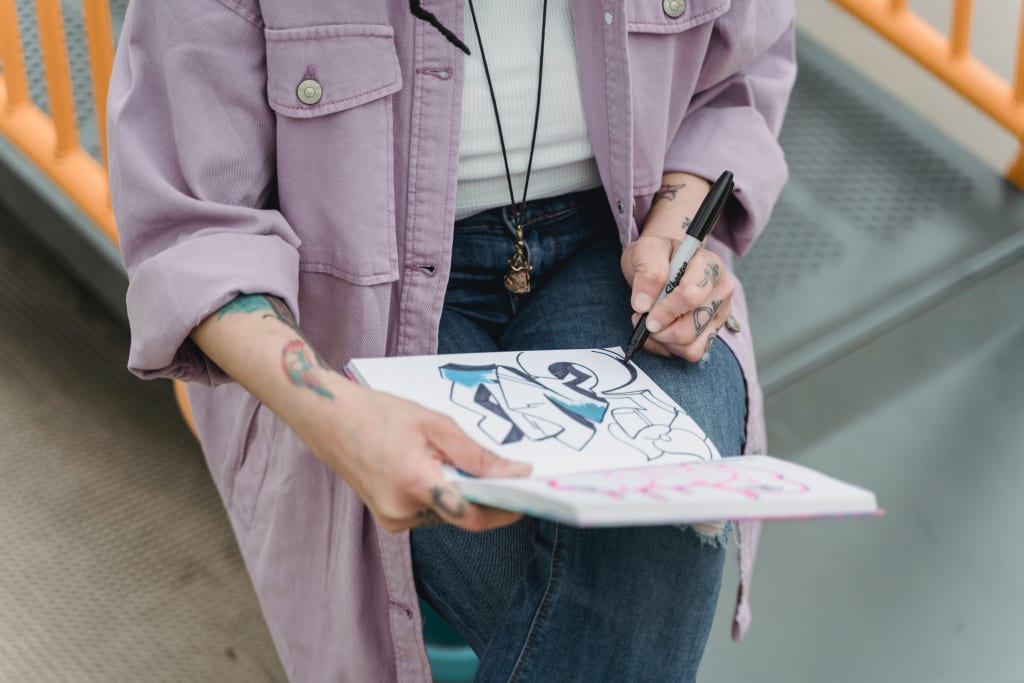The Evolution of Street Art: From Graffiti to Mainstream
The Evolution of Street Art: From Graffiti to Mainstream

The Evolution of Street Art: From Graffiti to Mainstream
Street art has come a long way since its humble beginnings as a form of graffiti on city walls. Once considered a rebellious and illicit activity, street art has gradually evolved into a recognized art form that has found its way into galleries, museums, and even mainstream culture. This evolution is a testament to the power of creativity and the ability of art to transcend boundaries.
Graffiti, often associated with urban decay and vandalism, emerged in the late 1960s and early 1970s as a form of self-expression for marginalized communities. Initially, it was viewed as a nuisance and an act of defiance against authority. However, as time went on, graffiti artists began to develop their own unique styles and messages, transforming what was once seen as a mere act of rebellion into a genuine artistic movement.
One of the pioneers of the graffiti movement was the iconic artist Jean-Michel Basquiat. His distinctive style and use of symbols and words brought graffiti into the realm of contemporary art. Basquiat's work challenged societal norms and tackled themes of race, identity, and inequality. He paved the way for other street artists to explore their own artistic visions and narratives.
As the graffiti movement gained momentum, artists started to experiment with new techniques and materials. Spray paint became the medium of choice for many street artists, allowing them to create large-scale murals and intricate designs. These vibrant and visually striking pieces began to capture the attention of not only the local community but also art enthusiasts and collectors.
The acceptance and recognition of street art as a legitimate art form can be attributed, in part, to the rise of the hip-hop culture in the 1980s. Graffiti became an integral part of hip-hop, with artists using their skills to create visually captivating backdrops for rap performances and breakdance battles. This fusion of art, music, and dance brought street art into the mainstream consciousness, and its influence started to extend beyond the confines of the urban landscape.
In the 1990s, street art started to transcend its underground origins and gain recognition from the art establishment. Artists such as Banksy emerged, challenging traditional notions of art and pushing the boundaries of what was considered acceptable. Banksy's stenciled pieces combined witty social commentary with visually striking images, making a profound impact on the art world and popular culture.
The advent of the internet and social media in the early 2000s played a significant role in propelling street art to new heights. Artists could now showcase their work to a global audience, bypassing traditional gatekeepers and reaching a much wider demographic. Platforms like Instagram and Facebook provided a space for artists to share their creations, connect with other artists, and build a dedicated following.
With the increasing exposure and popularity of street art, cities around the world began to embrace it as a means of revitalizing urban spaces. Instead of viewing street art as vandalism, municipalities recognized its potential to transform blank walls into vibrant works of art. Street art festivals and public art projects started to emerge, inviting both local and international artists to showcase their talent and contribute to the cultural landscape of a city.
The commercialization of street art has also played a significant role in its evolution. Major brands and corporations have recognized the appeal of street art's rebellious and edgy aesthetic and have incorporated it into their marketing campaigns. Street artists have been commissioned to create murals and installations for companies, blurring the lines between art and advertising.
While the commercialization of street art has its detractors, it has undeniably brought the art form to a wider audience. It has also provided financial opportunities for artists who may have struggled to sustain themselves solely through their art. However, the tension between the commercial and grassroots aspects of street art remains, and many artists strive





Comments
There are no comments for this story
Be the first to respond and start the conversation.